Audi 2015 Annual Report Download - page 20
Download and view the complete annual report
Please find page 20 of the 2015 Audi annual report below. You can navigate through the pages in the report by either clicking on the pages listed below, or by using the keyword search tool below to find specific information within the annual report.-
 1
1 -
 2
2 -
 3
3 -
 4
4 -
 5
5 -
 6
6 -
 7
7 -
 8
8 -
 9
9 -
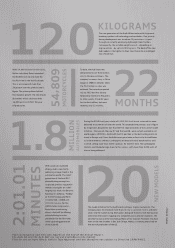 10
10 -
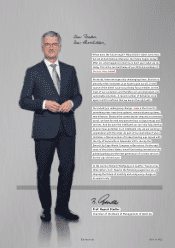 11
11 -
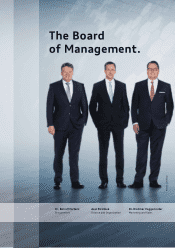 12
12 -
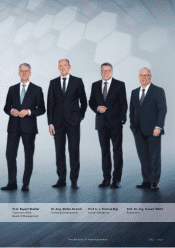 13
13 -
 14
14 -
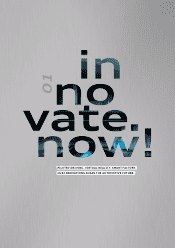 15
15 -
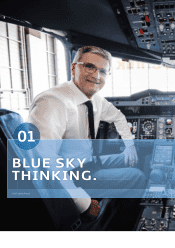 16
16 -
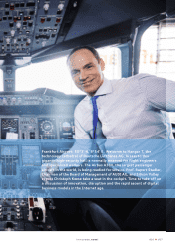 17
17 -
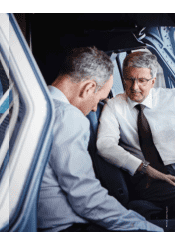 18
18 -
 19
19 -
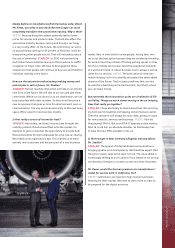 20
20 -
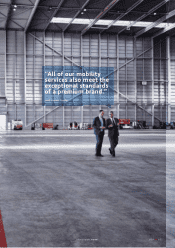 21
21 -
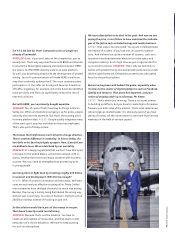 22
22 -
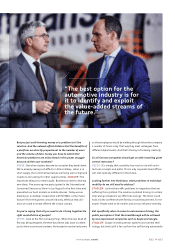 23
23 -
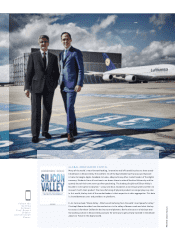 24
24 -
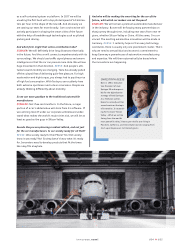 25
25 -
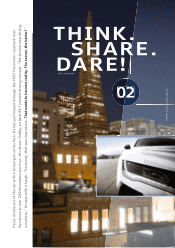 26
26 -
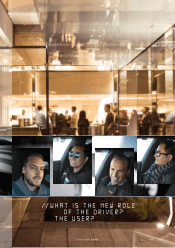 27
27 -
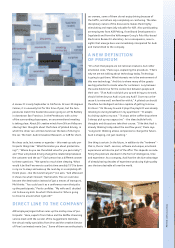 28
28 -
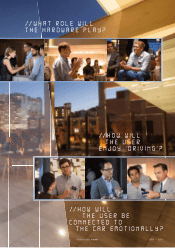 29
29 -
 30
30 -
 31
31 -
 32
32 -
 33
33 -
 34
34 -
 35
35 -
 36
36 -
 37
37 -
 38
38 -
 39
39 -
 40
40 -
 41
41 -
 42
42 -
 43
43 -
 44
44 -
 45
45 -
 46
46 -
 47
47 -
 48
48 -
 49
49 -
 50
50 -
 51
51 -
 52
52 -
 53
53 -
 54
54 -
 55
55 -
 56
56 -
 57
57 -
 58
58 -
 59
59 -
 60
60 -
 61
61 -
 62
62 -
 63
63 -
 64
64 -
 65
65 -
 66
66 -
 67
67 -
 68
68 -
 69
69 -
 70
70 -
 71
71 -
 72
72 -
 73
73 -
 74
74 -
 75
75 -
 76
76 -
 77
77 -
 78
78 -
 79
79 -
 80
80 -
 81
81 -
 82
82 -
 83
83 -
 84
84 -
 85
85 -
 86
86 -
 87
87 -
 88
88 -
 89
89 -
 90
90 -
 91
91 -
 92
92 -
 93
93 -
 94
94 -
 95
95 -
 96
96 -
 97
97 -
 98
98 -
 99
99 -
 100
100 -
 101
101 -
 102
102 -
 103
103 -
 104
104 -
 105
105 -
 106
106 -
 107
107 -
 108
108 -
 109
109 -
 110
110 -
 111
111 -
 112
112 -
 113
113 -
 114
114 -
 115
115 -
 116
116 -
 117
117 -
 118
118 -
 119
119 -
 120
120 -
 121
121 -
 122
122 -
 123
123 -
 124
124 -
 125
125 -
 126
126 -
 127
127 -
 128
128 -
 129
129 -
 130
130 -
 131
131 -
 132
132 -
 133
133 -
 134
134 -
 135
135 -
 136
136 -
 137
137 -
 138
138 -
 139
139 -
 140
140 -
 141
141 -
 142
142 -
 143
143 -
 144
144 -
 145
145 -
 146
146 -
 147
147 -
 148
148 -
 149
149 -
 150
150 -
 151
151 -
 152
152 -
 153
153 -
 154
154 -
 155
155 -
 156
156 -
 157
157 -
 158
158 -
 159
159 -
 160
160 -
 161
161 -
 162
162 -
 163
163 -
 164
164 -
 165
165 -
 166
166 -
 167
167 -
 168
168 -
 169
169 -
 170
170 -
 171
171 -
 172
172 -
 173
173 -
 174
174 -
 175
175 -
 176
176 -
 177
177 -
 178
178 -
 179
179 -
 180
180 -
 181
181 -
 182
182 -
 183
183 -
 184
184 -
 185
185 -
 186
186 -
 187
187 -
 188
188 -
 189
189 -
 190
190 -
 191
191 -
 192
192 -
 193
193 -
 194
194 -
 195
195 -
 196
196 -
 197
197 -
 198
198 -
 199
199 -
 200
200 -
 201
201 -
 202
202 -
 203
203 -
 204
204 -
 205
205 -
 206
206 -
 207
207 -
 208
208 -
 209
209 -
 210
210 -
 211
211 -
 212
212 -
 213
213 -
 214
214 -
 215
215 -
 216
216 -
 217
217 -
 218
218 -
 219
219 -
 220
220 -
 221
221 -
 222
222 -
 223
223 -
 224
224 -
 225
225 -
 226
226 -
 227
227 -
 228
228 -
 229
229 -
 230
230 -
 231
231 -
 232
232 -
 233
233 -
 234
234 -
 235
235 -
 236
236 -
 237
237 -
 238
238 -
 239
239 -
 240
240 -
 241
241 -
 242
242 -
 243
243 -
 244
244 -
 245
245 -
 246
246 -
 247
247 -
 248
248 -
 249
249 -
 250
250 -
 251
251 -
 252
252 -
 253
253 -
 254
254 -
 255
255 -
 256
256 -
 257
257 -
 258
258 -
 259
259 -
 260
260 -
 261
261 -
 262
262 -
 263
263 -
 264
264 -
 265
265 -
 266
266 -
 267
267 -
 268
268 -
 269
269 -
 270
270 -
 271
271 -
 272
272 -
 273
273 -
 274
274 -
 275
275 -
 276
276 -
 277
277 -
 278
278 -
 279
279 -
 280
280 -
 281
281 -
 282
282 -
 283
283 -
 284
284 -
 285
285 -
 286
286 -
 287
287 -
 288
288 -
 289
289 -
 290
290 -
 291
291 -
 292
292 -
 293
293 -
 294
294 -
 295
295 -
 296
296 -
 297
297 -
 298
298 -
 299
299 -
 300
300
 |
 |

PHOTOS : Dieter Roosen
Ideally before car manufacturers fi nd themselves under attack.
Mr. Keese, you write in your book that the Google Car could
completely transform the automotive industry. Why is that ?
KEESE : Because disruptive attacks generally lead to lower
prices for services and products alike. That will also a ect the
automotive industry because owning and driving a car today
is a very costly a air. In the future, the self-driving car won’t
sit around doing nothing for percent of the time ; it will be
transporting other people around. That will noticeably reduce
the cost of ownership. STADLER : In we launched the
Audi Urban Future Initiative mainly to fi nd solutions to tra c
congestion in major cities. We have to be engaged in these
solutions so that people will continue to buy cars and therefore
individual mobility in the future.
How can the automotive industry keep making money and
protect jobs in such a future, Mr. Stadler ?
STADLER : Human-machine interaction will take on an entirely
new form in the future. We will talk to our cars and give them
commands. While our car drives us to our destination, we can
busy ourselves with other matters. So the car will become a
new living space that gives us time for entertainment, work or
communication. The way we relate personally to this new living
space o ers scope for new business models.
Is that really a source of income for Audi ?
STADLER : Absolutely, and that’s why we have brought the
mobility product of Audi shared fl eet onto the market, for
example. It gives companies the opportunity to provide Audi
fl eet automobiles for their employees for a fee, like car sharing.
Reservations are organized via app. This enables us to reach
entirely new customers and become part of a new business
model. Bear in mind that for some people, having their own
car is not the best option because they are constantly traveling
for work or have the problem of fi nding parking spaces in cities.
All of our mobility services also meet the exceptional standards
of a premium brand. A robust business case is always a prereq-
uisite for our services. KEESE : The best option for the auto-
motive industry is for it to identify and exploit the value-added
streams of the future. That includes platforms that can also
be used for advertising and entertainment. And that’s where
you can make money.
But extremely short innovation cycles are a hallmark of Sili-
con Valley. Things are much slower-moving in the car industry
.
Does that really go together ?
STADLER : I have absolutely no doubt about that. We are bring-
ing both worlds together and keeping certain features viable.
Then the customer will always be up to date, giving us scope
for new products, services and business. KEESE : My kids
like playing FIFA . But once FIFA appears on the market,
FIFA is old hat, an absolute disaster. So Dad always has
to have the new FIFA available in his car.
Is that enough to keep Germany’s fl agship industry afl oat,
Mr. Stadler ?
STADLER :
The spread of Internet-based communication is
bringing greater price transparency. We therefore expect that
margins in classic sales will at least not rise. The value added is
increasingly shifting to a car’s phase of use. Based on our strong
core business, that gives us scope to access new areas of business.
Mr. Keese, would the German premium car manufacturers’
model for success work in California, too ?
KEESE : Californians are experts in high-margin businesses
that require little capital. We need to learn more in order to
be prepared for the digital economy.
